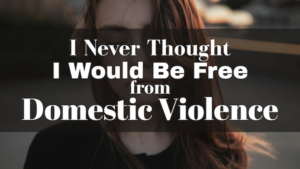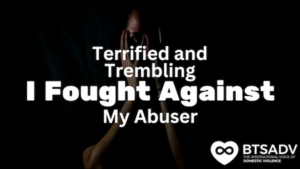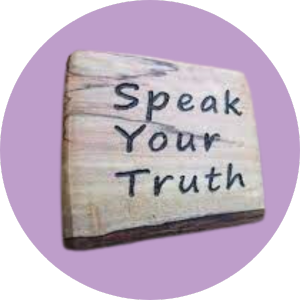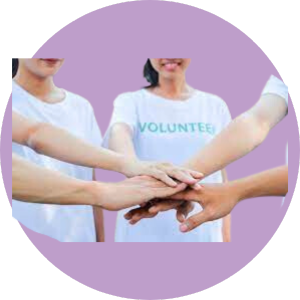Currently, there are 573 indigenous tribes, including Native Alaskan or Inuit, recognized by the federal government. Domestic violence, sexual assault, and abuse are prevalent within indigenous communities, and the statistics reflect it.
The National Congress of American Indians (NCAI) Policy Research Center released a policy brief in February 2013, focusing on updated statistics for Native women and violence. The report shows indigenous women and communities face higher rates of violence compared to all other groups. There are a variety of factors that contribute to the high rates of domestic violence and sexual assault in Native communities such as lack of legal protection and prosecution of perpetrators in tribal lands.
The statistics on violence and sexual assault against Native women are:
- Alaskan Natives and Native Americans are at least two times more likely (compared to all other racial groups) to be sexually assaulted in their lifetime.
- During their lifetimes, 61 percent of Native women have been assaulted, and 34 percent of them have been raped.
- 39 percent of Native women will face violence from a spouse/intimate partner during their lifetime compared to 27 percent of white women.
The statistics on perpetrators are:
- On average, 67 percent of the attackers are non-Native as described by indigenous victims of rape and sexual assault while 63 percent of offenders are non-Native for victims of physical assault.
- For an average of 71 percent in rape and sexual assault cases, women knew the perpetrator as either an intimate partner, acquaintance, or a person outside of the community.
- 59 percent of indigenous women were in relationships with non-Native men in 2010
- Also in 2010, 46 percent of people living on tribal lands were non-Native
The statistics regarding locations of the crimes are:
- 59 percent of physical abuse and sexual assault occurred inside a private residence or near one.
- The rates of violence against indigenous women in suburban, rural, and urban areas are on average two times higher than all other racial groups.
- Women are murdered at more than 10 times the national average on certain tribal lands.
Looking at the statistics, they show the threat of domestic violence and sexual assault in Native communities as critical ongoing issues. Based on the data, non-Natives form a majority of violent offenders.
However, justice is difficult to find in these cases. The media fails to raise awareness of the issue and about missing Native women. Prosecutors also refuse to get involved with domestic violence and sexual assault cases.
There has been widespread criticism against the media for failing to report about missing Native women through news reports even though Native women are reported missing or murdered 10 times the average rate. Native communities have advocated for more media coverage such as creating social media campaigns with the hashtag #AmINext and protesting with red painted on their faces and dresses to symbolize the blood of unsolved murder cases of indigenous women. Because of the high murder rate, almost every person has a personal story to share about knowing a niece, mother, sister, or a granddaughter disappearing.
Because some police departments have failed and refused to properly investigate cases, indigenous communities have started doing the job. They’ve created a database of murder and missing cases from Canada and the United States. They’ve also tailored the database to include tribal affiliations to identify which indigenous community the women came from in order to alert tribal members more easily. Because there were no comprehensive databases about indigenous women, most police departments classified many indigenous cases’ races as white instead of including the proper tribe. This made it difficult to accurately estimate the number of cases as well as notifying families.
According to the Indian Law Resource Center, policymakers need to reform federal law to restore legal power to Native communities. Tribal courts don’t have legal jurisdiction to prosecute non-Native violent offenders for rape and domestic violence despite occurring on tribal territory. Outside law enforcement refuses to get involved, and resources are scarce for tribal judicial systems. Because of these legal issues, some non-Natives have also trespassed onto tribal lands with the intention of harming indigenous women because they know they can get away with the crime.
If you or someone you know is in an abusive relationship, there is help. You can visit the Break the Silence Against Domestic Violence website at www.breakthesilencedv.org or chat with one of our helpline advocates at 855-287-1777.










